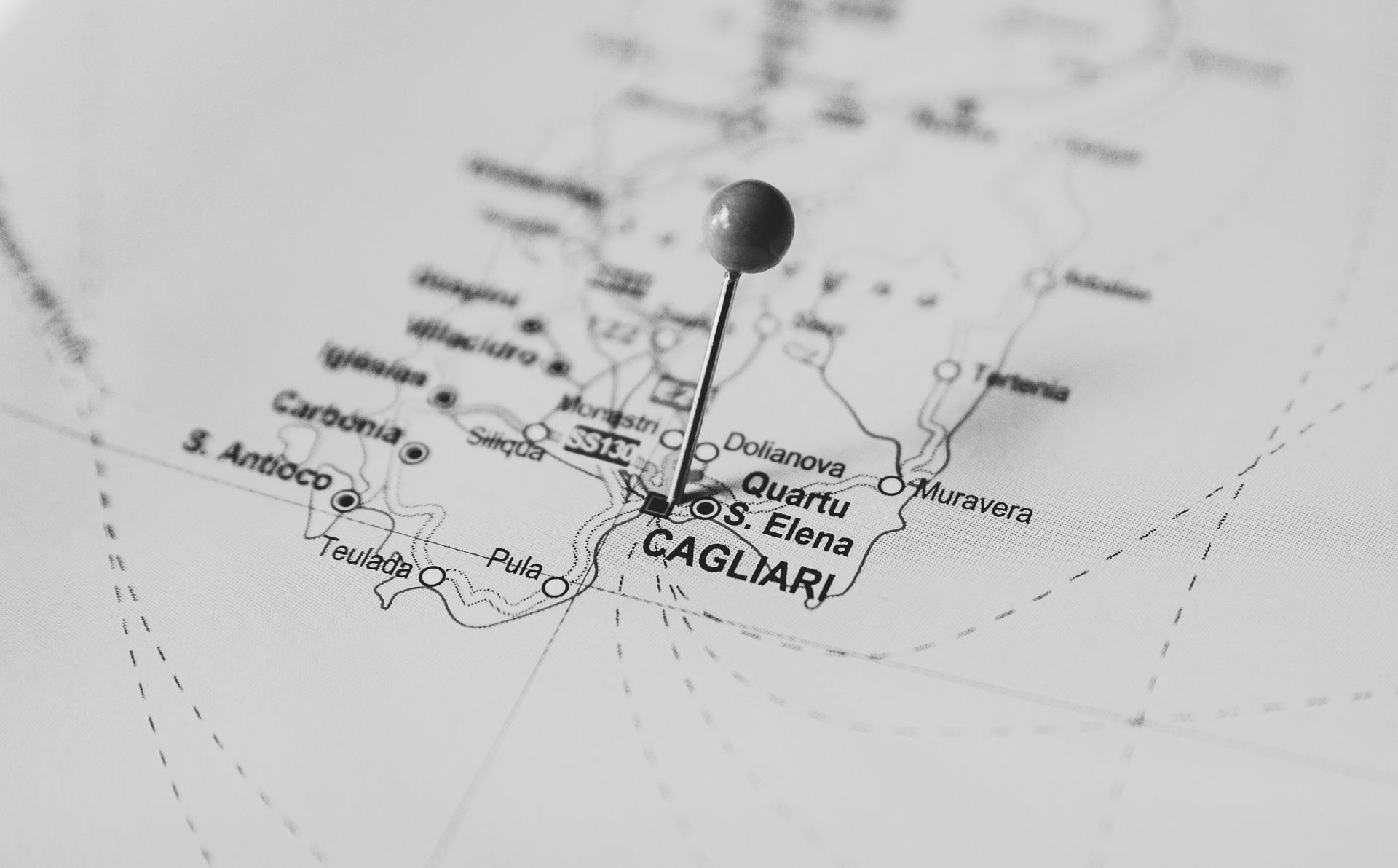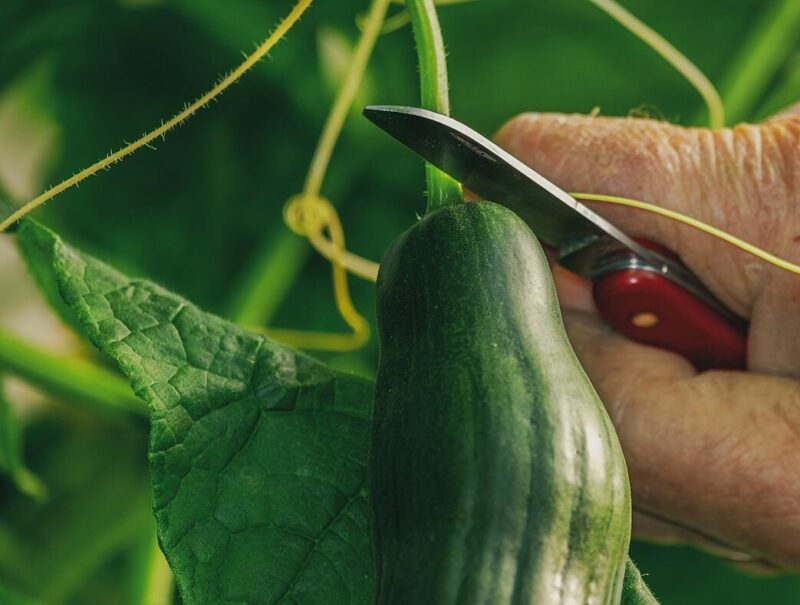The fashion industry is one of the largest consumers of natural resources. Whether it’s during…

Sardinia and the Silkworm
The island of Sardinia, is the least densely populated of Italy’s 20 regions. Becoming part of unified Italy in 1861, Sardinia has its own unique identity, culture and traditions. One example of the unique heritage of this island is the array of languages spoken, with not not only Italian, but Sardinian, Catalan and even Arabic being spoken in various parts of the island. It is obvious that the history of the island is closely intertwined with that of the peoples who sailed the Mediterranean sea and the wider world.

The production of Saffron on the island is one example of the influence Sardinia has had on not only Italy (with 60% of Italy’s saffron coming from Sardinia), but also the wider world. It is thought that the Phoenecians first brought Saffron to Italy, and it wasn’t long before the Saffron route became a stop-off for many traders in the Mediterranean. It’s no surprise that the traditional malloreddus also known as Sardinian gnocchi often contains a pinch of the prized red spice.
Sardinia is also known for its fine jewellery. The island is blessed with an abundance of minerals and natural gemstones, with the first pieces of Sardinian jewellery thought to be over 4,000 years old. Artisan jewellers from Sardinia are continuing this tradition using skills handed down through many centuries – ensuring Sardinia truly is a jewel in the Mediterranean.
Silk

Sardinia is also known for its ancient tradition of silk cultivation and weaving. The use of silk on the island dates back almost 2,000 years but this ancient art is in danger of being lost. Creative Italy believes it is vital we support and cherish these ancient handicrafts, and so we have handpicked a wonderful silkworm experience in a family workshop where you can help preserve and support this ancient tradition.
Located in the town of Orgosolo in the subregion of Barbagia, the distinctive yellow colour of the cocoon has now been named the ‘orgosolo breed’. Learn about the hibernation of the worms, how the silk is extracted from the cocoons, and how this fine thread is used to weave the traditional su lionzu (headscarves) of Orgosolo. Discover first-hand how the ancient art of silk spinning has been handed down through one family over centuries.
Our Silkworm Experience
- Arrival and presentation
- Silk: Film and explanation
- Visit the silkworms, observe them, touch them and feed them
- From the Cocoon to “Su lionzu” – time for your hands-on experience!
- Introduction to the tools: the loom, the threads, the comb, the pikes, the swing boxes, the pedals, the spindles, the spinning wheel, the reel, the skeins, the balls, the shuttle, the weft
*Minimum 2 participants / Maximum 7 participants, Duration: from 1 to 8 hours
*When: all year round, but the best time is April and May during the breeding season
*The programme can be personalised, depending on the level of knowledge of the participants

It is possible to organise itineraries to delve deeper into the culture and traditions of Sardinia, for example: combine the experience with Sardinian cooking lessons with locals, jewellery making and/or a wine experience!
It’s time to weave some magic of your own and Contact Creative Italy today for your own customised quote




This Post Has 0 Comments